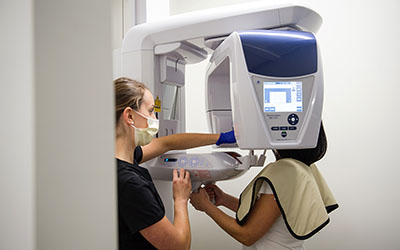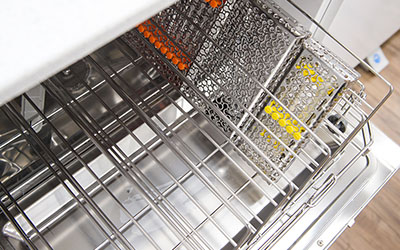Endodontics is everything related to root canals.
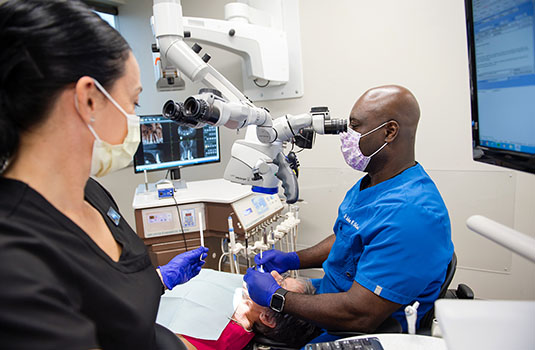
What is Endodontics?
Endodontics (commonly known as root canal treatment) is a specialty of dentistry that deals with diseases of the dental pulp and its supporting structures. Although general dentists can perform endodontic treatment, patients are often referred to an endodontist when the case is complicated or more difficult than usual.
An endodontist is a dentist who has undergone a minimum of two years of extra postgraduate specialty training.
Why would I need root canal treatment?
Signs and symptoms that might indicate the need for endodontic treatment include: prolonged sensitivity to cold or heat, discolouration of the tooth, swelling or tenderness of the tooth or adjacent gums. Sometimes there are no symptoms and diagnosis can only be done with the aid of radiographs.


Why would I need root canal treatment?
Signs and symptoms that might Indicate the need for endodontic treatment include: prolonged sensitivity to cold or heat, discolouration of the tooth, swelling or tenderness of the tooth or adjacent gums. Sometimes there are no symptoms and diagnosis can only be done with the aid of radiographs.
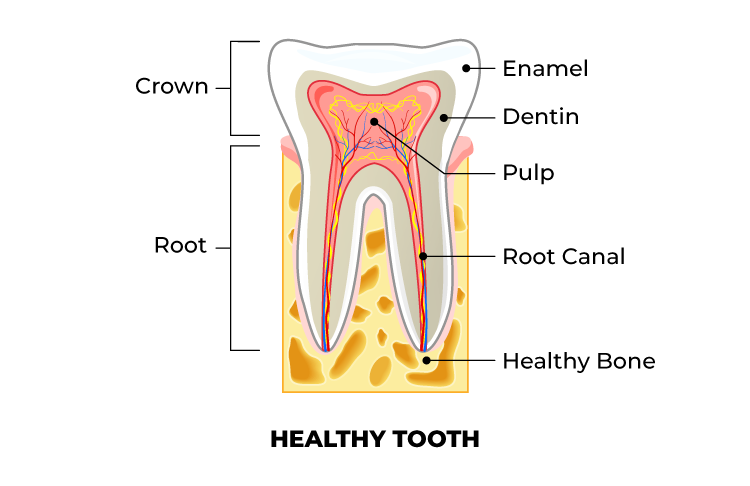
Endodontics, explained.
In order to understand endodontic treatment, it helps to know something about the anatomy of a tooth. Teeth have several layers. The outside layer of the tooth is composed of a hard layer called enamel. Enamel is supported by an inner layer called dentin, which has at its centre a soft tissue known as the pulp.
The pulp contains blood vessels, nerves, and connective tissue that are responsible for forming the surrounding dentin and enamel during tooth development. The pulp receives its nourishment supply from vessels which enter the end of the root. Although the pulp is important during development of the tooth, it is not necessary for function of the mature tooth. The tooth continues to be nourished by the tissues surrounding it even after the pulp is removed.
Is Endodontic treatment necessary?
Endodontic treatment is necessary when the pulp becomes inflamed or infected due to invasion of bacteria. The most common reasons for inflammation or infection are deep cavities (caries), repeated dental procedures, cracks or chips. Trauma can also cause inflammation and often shows up as discolouration of the tooth.
If pulp inflammation or infection is left untreated, it can cause pain or lead to an abscess.
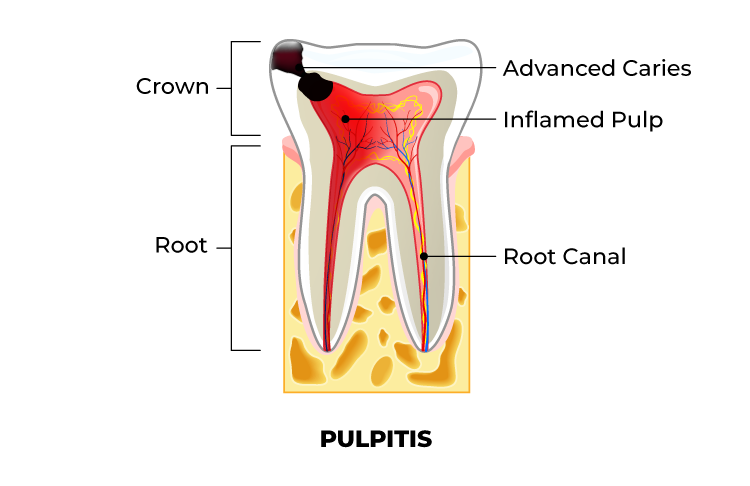
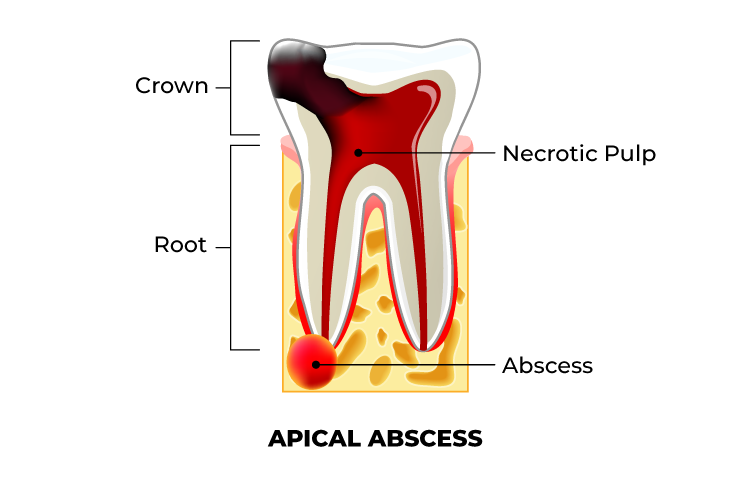
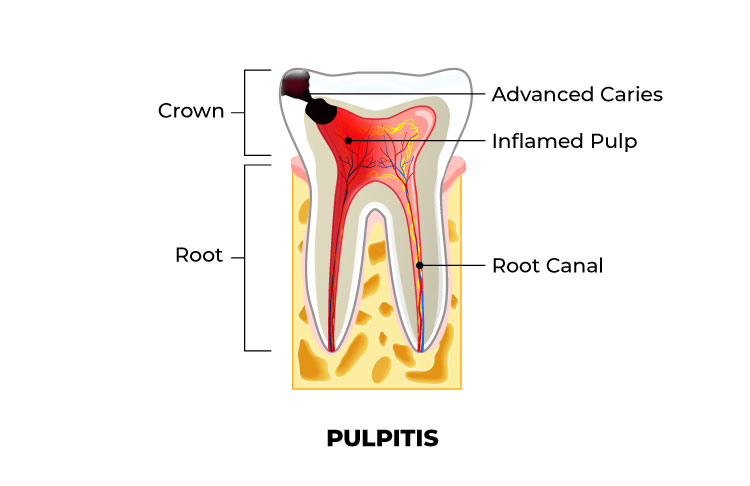
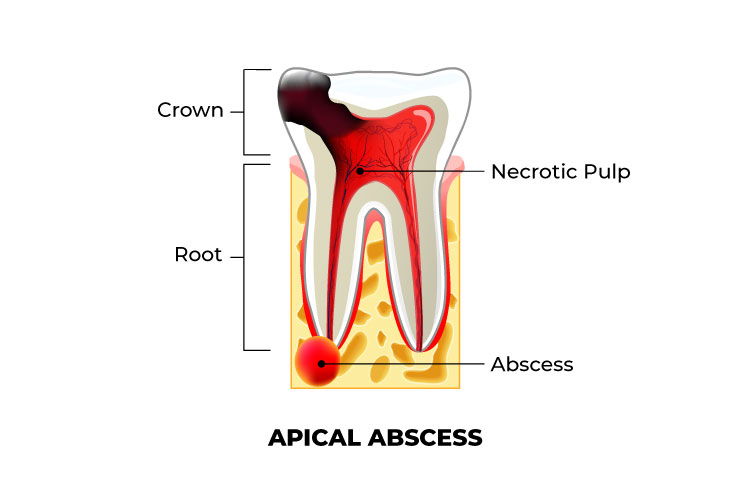
Is Endodontic treatment necessary?
Endodontic treatment is necessary when the pulp becomes inflamed or infected due to invasion of bacteria. The most common reasons for inflammation or infection are deep cavities (caries), repeated dental procedures, cracks or chips. Trauma can also cause inflammation and often shows up as discolouration of the tooth.
If pulp inflammation or infection is left untreated, it can cause pain or lead to an abscess.
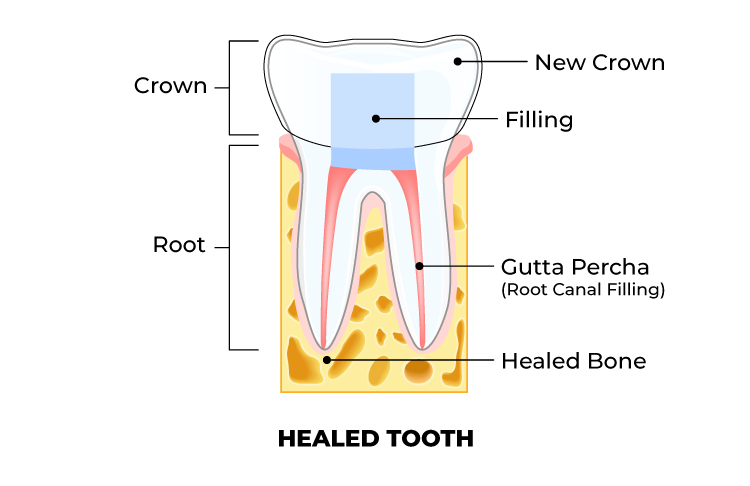
How can endodontic treatment help me?
Diseased or inflamed pulp will never heal on its own. In the past the only option available to patients was extraction. The primary goal of endodontists is to save your tooth. The endodontist removes the inflamed or infected pulp, carefully cleans and shapes the canal system and then seals the prepared space. Most treatment is now performed in a single appointment ranging from 60-90 minutes (depending on the number of canals).
Once treatment is completed, you may be instructed to return to your dentist for permanent reconstruction. The restoration of the tooth is an important part of treatment because it seals the cleaned canals from the oral environment, protects the tooth and restores it to function.

How successful is root canal treatment?
Root canal or endodontic treatment has a very high degree of healing success (over 90%). The prognosis of treatment depends on the disease state of the pulp, condition of the bone surrounding the roots, and the periodontal status at the time of treatment.
We will discuss with you the chances of healing before any endodontic procedure to help you make an informed decision.
